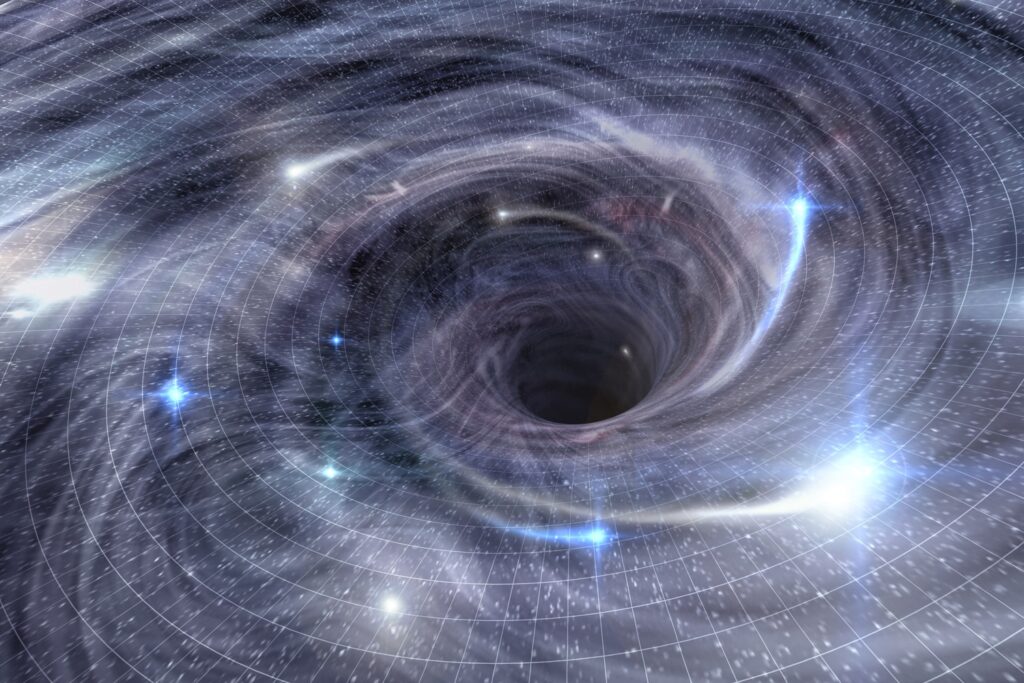Scientists from the Université Libre de Bruxelles (ULB) and the Royal Observatory of Belgium (KSB) are collaborating on the Ommegang scientific project, aimed at detecting tiny black holes passing near Earth.
The project, named Ommegang, stands for ‘Observing Dark Matter and Meteoroids with Gravimeters And GNSS’. It focuses on detecting mini-black holes using data from GNSS positioning satellites (such as GPS) and gravimeters, which measure gravity.
Dark matter, which forms nearly a quarter of the universe, appears to hold galaxies together through a gravitational component invisible to telescopes. Its composition remains unclear.
A scientific hypothesis from the 1970s suggests that these tiny black holes have immense mass but are nearly undetectable due to their very weak gravity.
A recent study published in Physical Review D indicates that if a mini-black hole passes within the Earth-Moon distance – an event occurring at least once per decade – it could disrupt satellite orbits and affect the Earth’s gravitational field. These data could now be used to detect such black holes.
"Ommegang brings together the complementary expertise of our two institutions," says Sébastien Clesse of ULB. "On one hand, ULB’s expertise in cosmology and fundamental physics (dark matter, primordial black holes), and on the other, KSB’s expertise in GNSS and gravimetric data."

